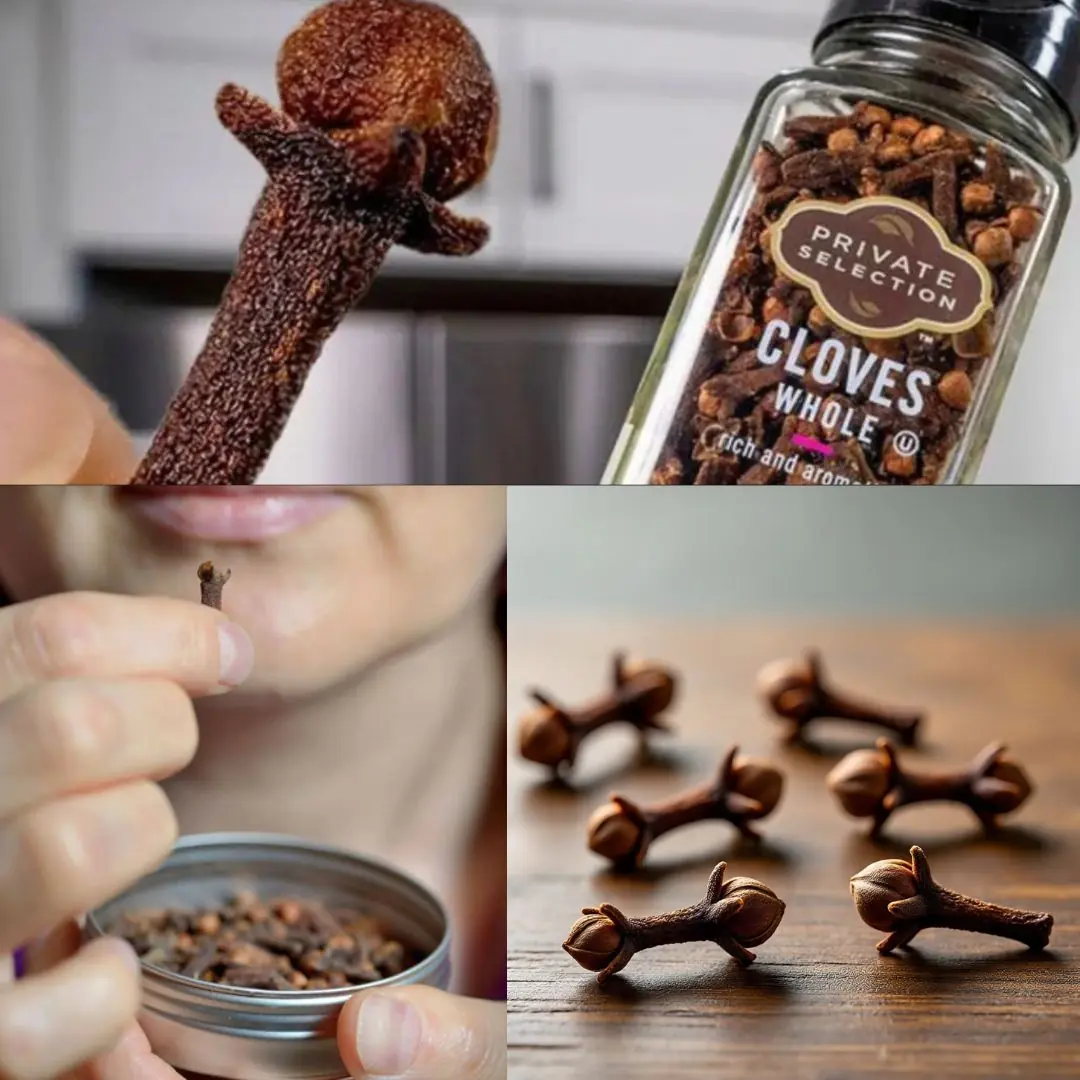
Purple Deadnettle (Lamium purpureum): A Hidden Gem of Medicinal and Practical Uses
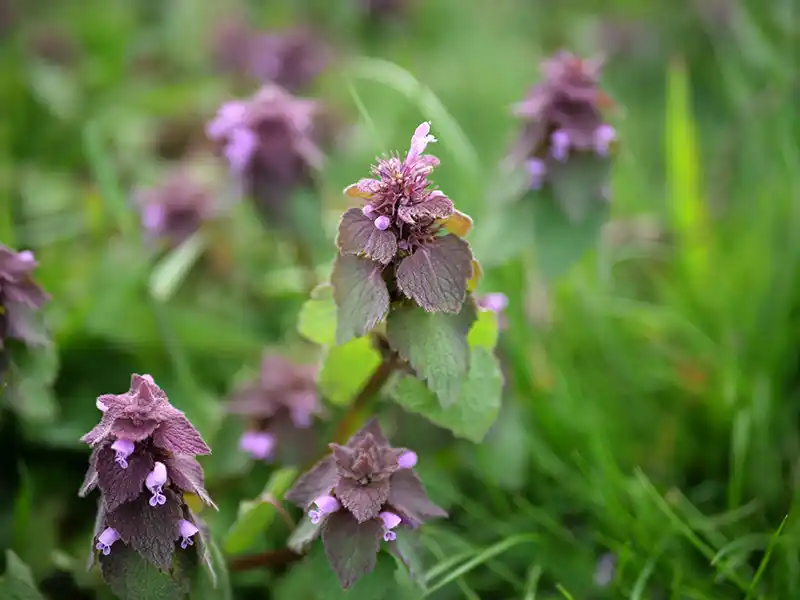
Purple Deadnettle (Lamium purpureum), often overlooked as a common weed, is a plant with surprising benefits and versatility. Recognized by its distinct purple-tinged leaves and small, delicate flowers, this member of the mint family thrives in gardens, fields, and roadsides. Native to Europe and Asia, it has spread globally, offering a range of medicinal, culinary, and ecological benefits.
In this article, we will explore the incredible benefits of Purple Deadnettle, its traditional uses, and how to safely incorporate this plant into your daily life.
30 Benefits of Purple Deadnettle
- Supports Liver Health – Aids in detoxifying the liver.
- Improves Circulation – Enhances blood flow and supports heart health.
- Soothes Burns – Topical applications help with minor burns and sunburn.
- Anti-inflammatory Properties – Effective in reducing inflammation and soothing irritated skin.
- Natural Source of Fiber – The leaves are rich in fiber, supporting digestive health.
- Supports Kidney Function – Helps prevent kidney stones and improves kidney health.
- Relieves Headaches – Consumed as tea to ease tension headaches.
- Promotes Sleep – Can be made into teas to improve sleep quality.
- Culinary Use – Can be added to salads, soups, and smoothies.
- Boosts Immunity – Packed with antioxidants to strengthen the immune system.
- Rich in Vitamins and Minerals – Contains essential nutrients like vitamin C, iron, and flavonoids.
- Attracts Pollinators – Flowers are a vital nectar source for bees and other beneficial insects.
- Promotes Hair Growth – Infusions are believed to strengthen hair roots.
- Helps with Menstrual Cramps – Provides relief from period pain.
- Eases Joint Pain – Anti-inflammatory properties make it helpful for joint discomfort.
- Soothes Sore Throat – Made into teas for its calming effects on the throat.
- Natural Fertilizer – Acts as a nutrient-rich mulch for gardens.
- Improves Energy Levels – Nutrient-rich leaves help combat fatigue.
- Reduces Fever – Used in traditional remedies to bring down fever.
- Skin Health – Infusions can be used to improve skin clarity and treat rashes.
- Aids in Digestion – Traditionally used to support healthy digestion and relieve bloating.
- Diuretic Effects – Promotes the elimination of excess water and toxins from the body.
- Antimicrobial Properties – Helps fight bacteria and other pathogens.
- Allergy Relief – Reduces seasonal allergy symptoms naturally.
- Respiratory Support – Used to alleviate symptoms of colds and sinus congestion.
- Natural Antihistamine – Helps alleviate allergy symptoms.
- Supports Wound Healing – Applied as a poultice to promote the healing of minor cuts and wounds.
- Alleviates Stress – Calming properties make it a great herb for relaxation.
- Supports Eye Health – Contains compounds that may improve vision.
- Aids in Weight Management – Low-calorie, nutrient-rich plant for healthy diets.
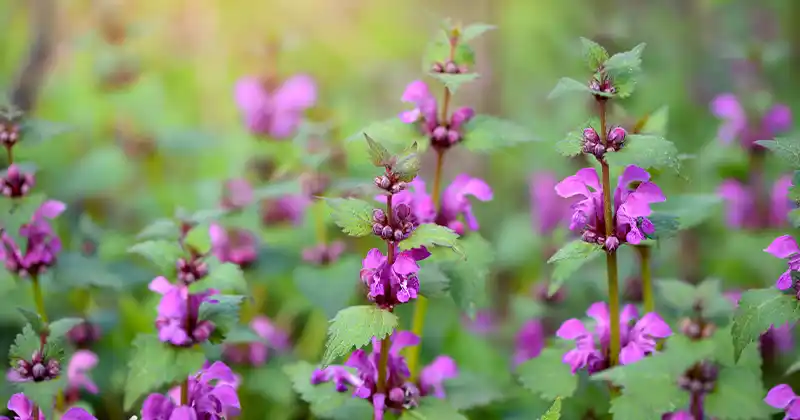
Homemade Uses of Purple Deadnettle
- Herbal Tea: Dry the leaves and steep them in hot water for a soothing and nutrient-packed tea.
- Poultice: Mash fresh leaves to apply directly to wounds, burns, or inflamed areas.
- Infused Oil: Create an oil infusion to use as a topical remedy for skin issues.
- Salad Ingredient: Use the fresh young leaves as an addition to spring salads.
- Compost Enhancer: Add the plant to your compost pile for an organic nutrient boost.
How to Prepare and Use Purple Deadnettle
- Harvesting: Pick leaves, flowers, and stems from clean, pesticide-free areas.
- Drying: Lay the plant parts on a clean surface to air-dry in a shaded area.
- Storage: Store dried parts in an airtight container in a cool, dark place.
- Usage: Use as teas, topical remedies, or in culinary dishes.
A Critical Warning: Identifying Purple Deadnettle Correctly
While Purple Deadnettle is safe and beneficial, it is crucial to distinguish it from other plants that may appear similar but are less desirable or even harmful. For instance, Purple Deadnettle can sometimes be mistaken for henbit (Lamium amplexicaule) or stinging nettle (Urtica dioica). Although these plants are not toxic, they have different properties and uses.
Key identifying features of Purple Deadnettle include:
- Leaves: Heart-shaped with a purple tinge at the top.
- Flowers: Small, pinkish-purple, tubular flowers.
- Stem: Square-shaped, characteristic of the mint family.
- Texture: Leaves are soft and non-stinging.
Foraging for wild plants requires caution. Always consult a local expert or reliable plant guide to ensure correct identification before use.
Conclusion and Disclaimer
Purple Deadnettle is an incredible plant with numerous health and ecological benefits. Whether used in teas, poultices, or as a culinary ingredient, this versatile herb deserves a place in your natural remedy toolkit. However, this article is for informational purposes only. Always consult a qualified herbalist, botanist, or medical professional before using any wild plants for health purposes. Proper identification and responsible use are essential to ensure safety and effectiveness. Explore the benefits of Purple Deadnettle, but do so with care and informed guidance!
News in the same category

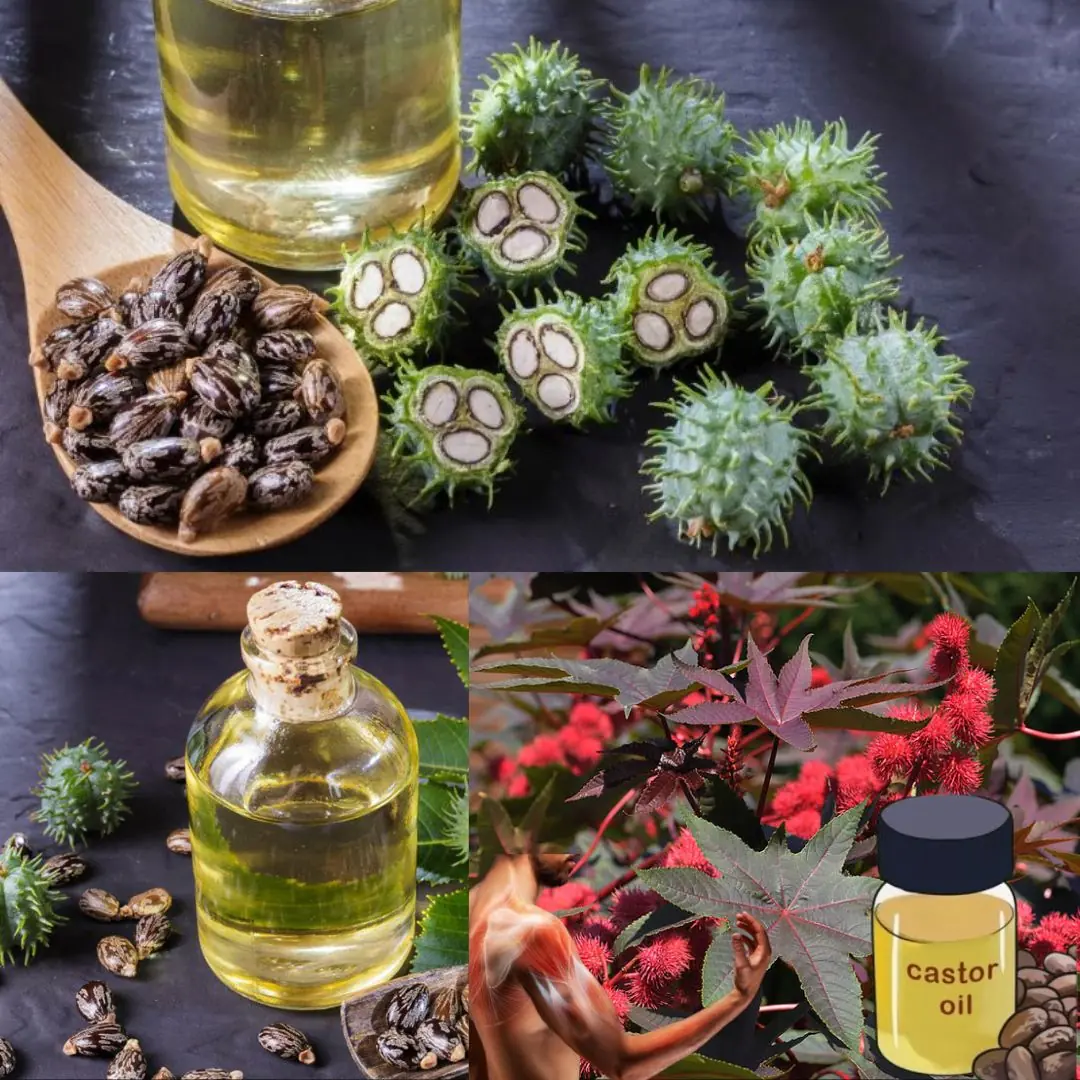
Gardening 7 Benefits and Uses of Castor Oil
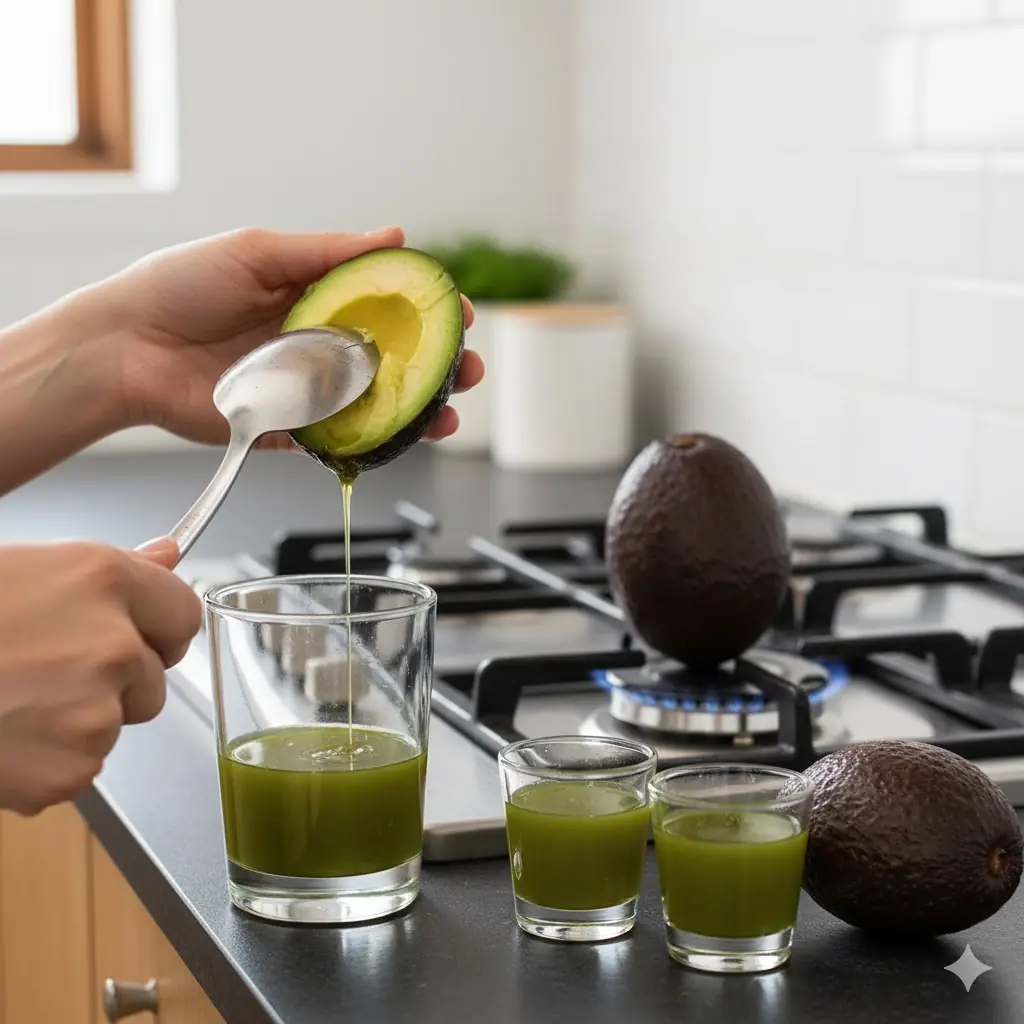
Here’s the secret why everyone puts avocados on the fire!
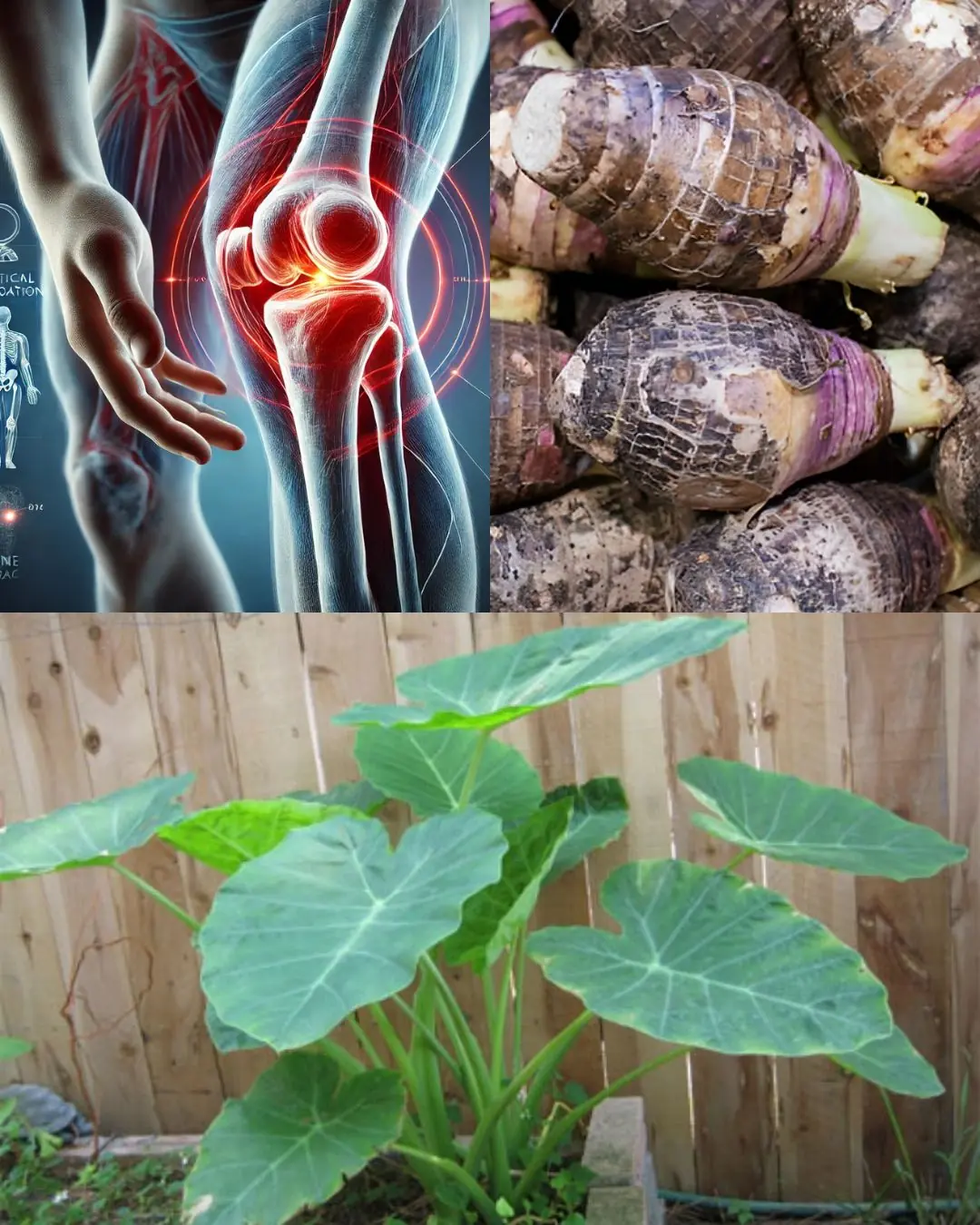
Taro Root: The Ancient Superfood Transforming Health and Sustainability
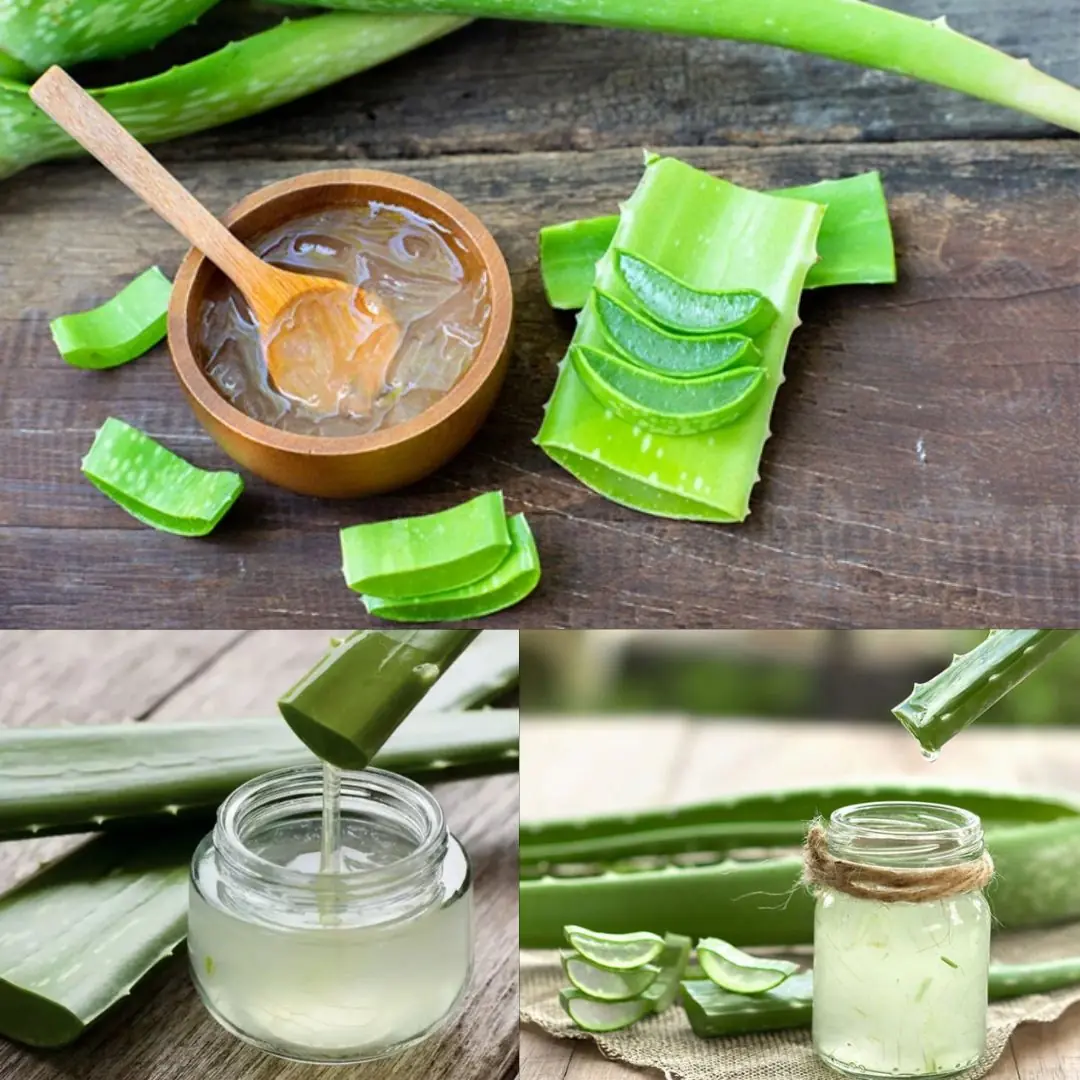
The Aloe Vera Gel Is Not the Only One Very Useful
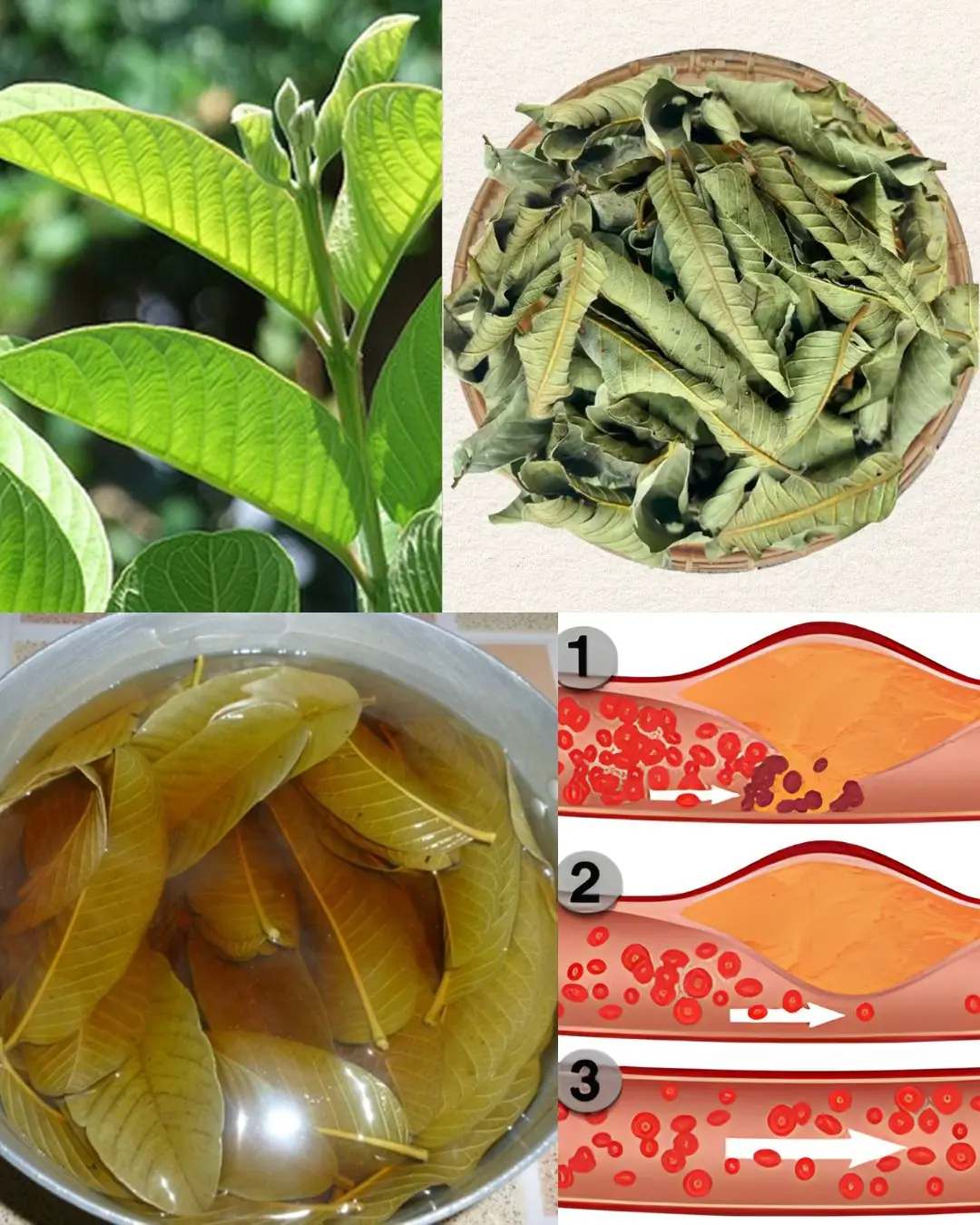
Guava Leaves for Blood Sugar Control: Nature’s Gift for Diabetics
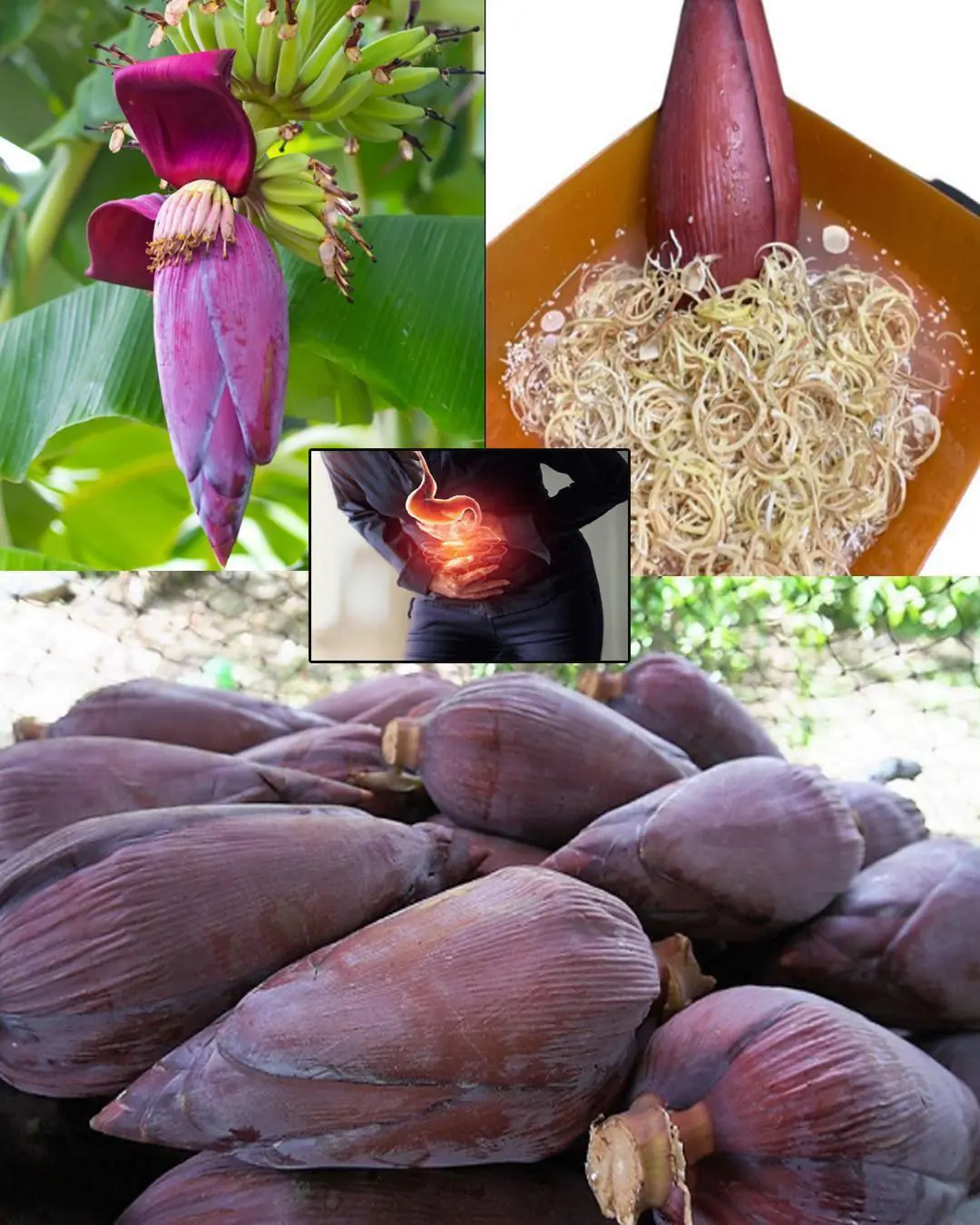
Banana Blossom: Health Benefits, Recipes, and Uses
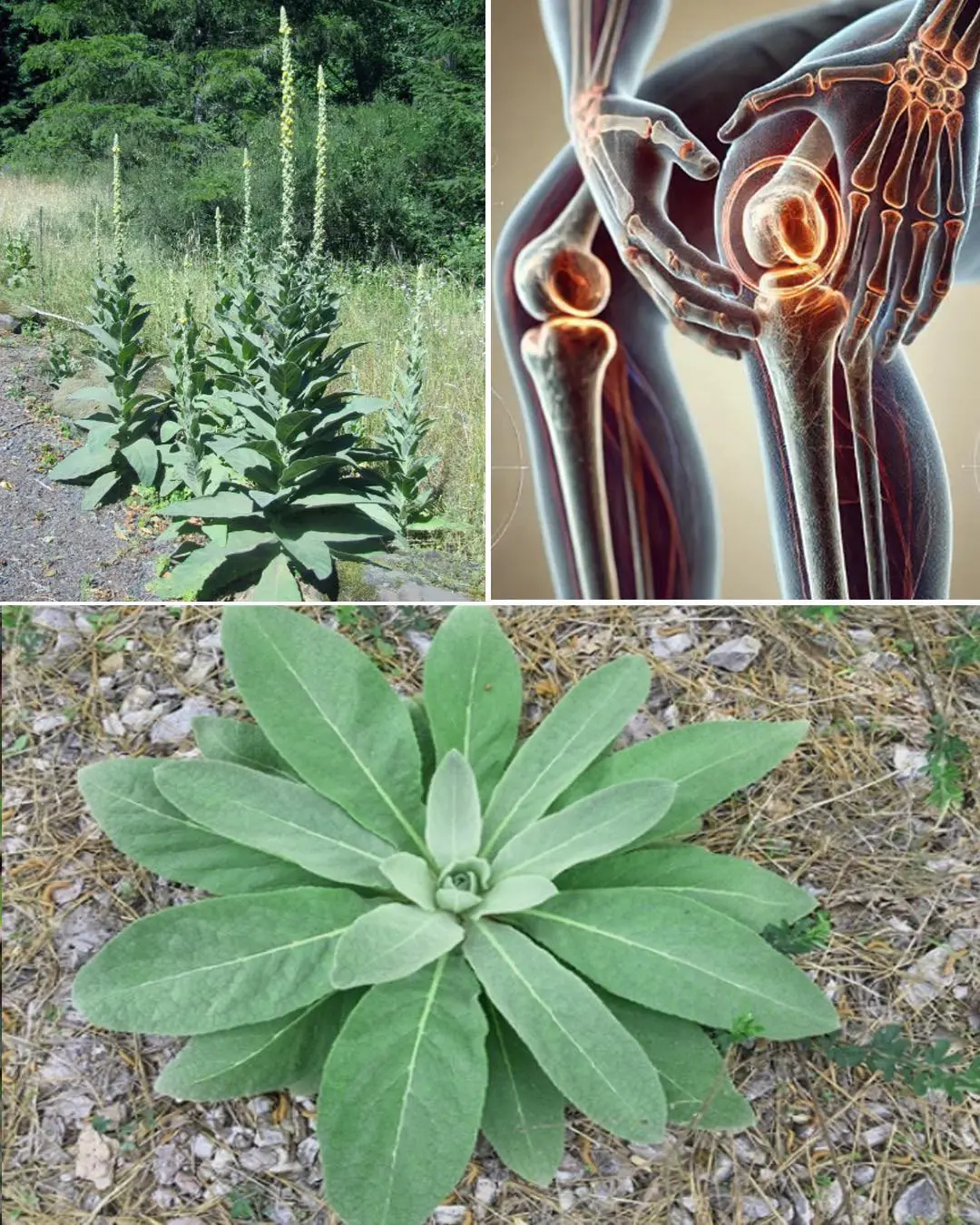
Common Mullein: Benefits and Uses of Nature’s Versatile Herb
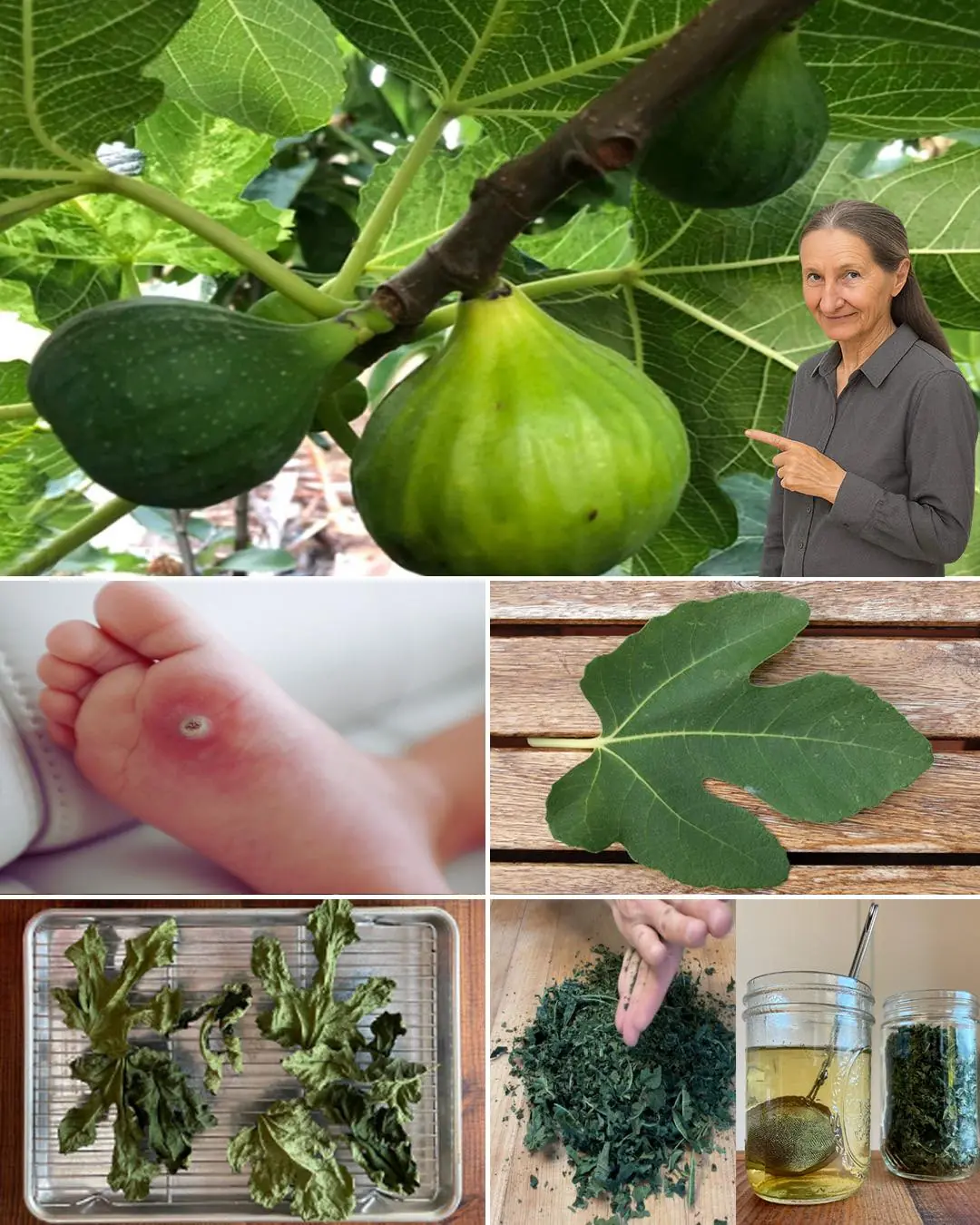
Fig Leaves: Surprising Benefits and Uses
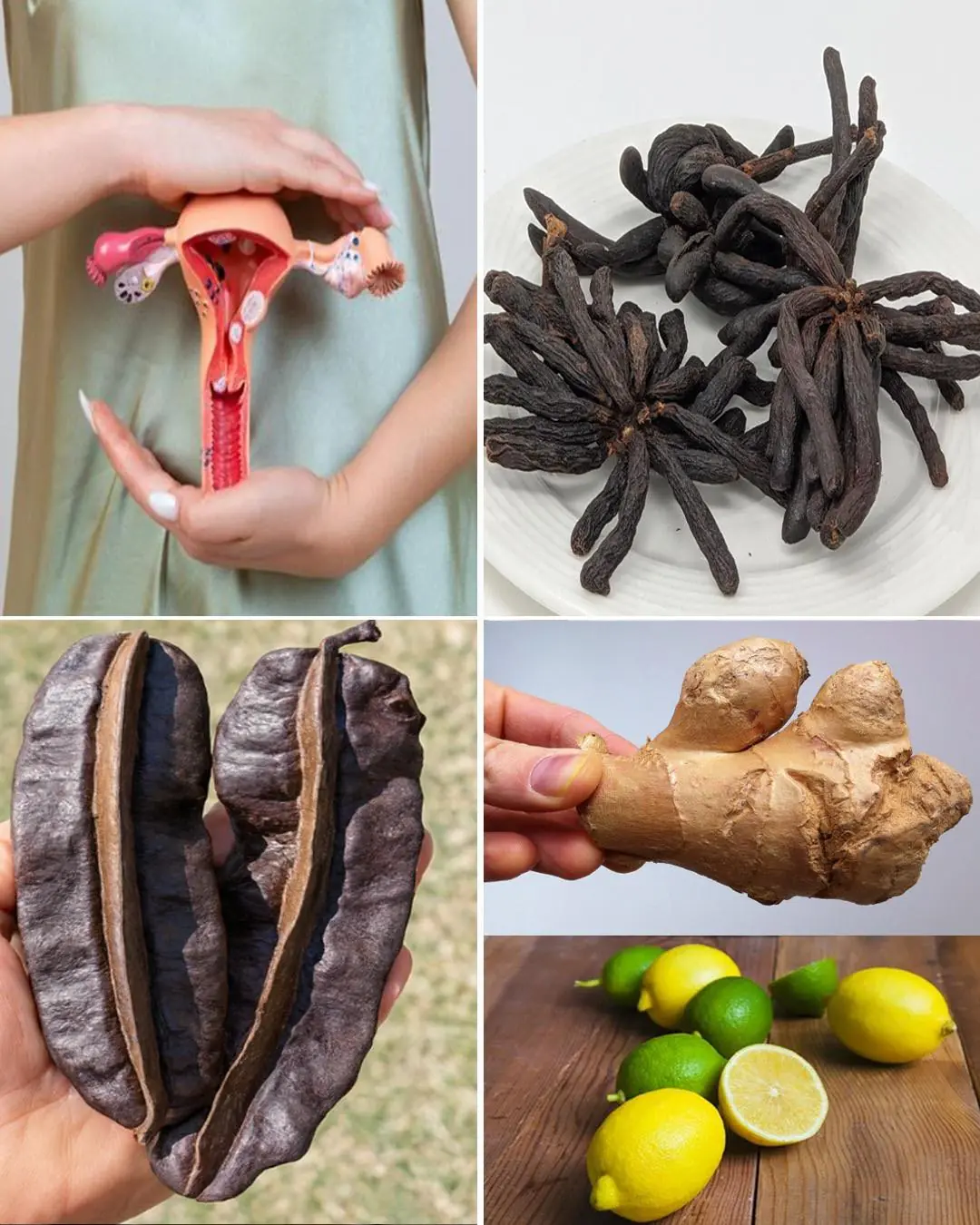
Inner Vitality Elixir: Benefits of Uda Seeds, Lemon, Aidan Fruit, and Ginger for Women’s Health
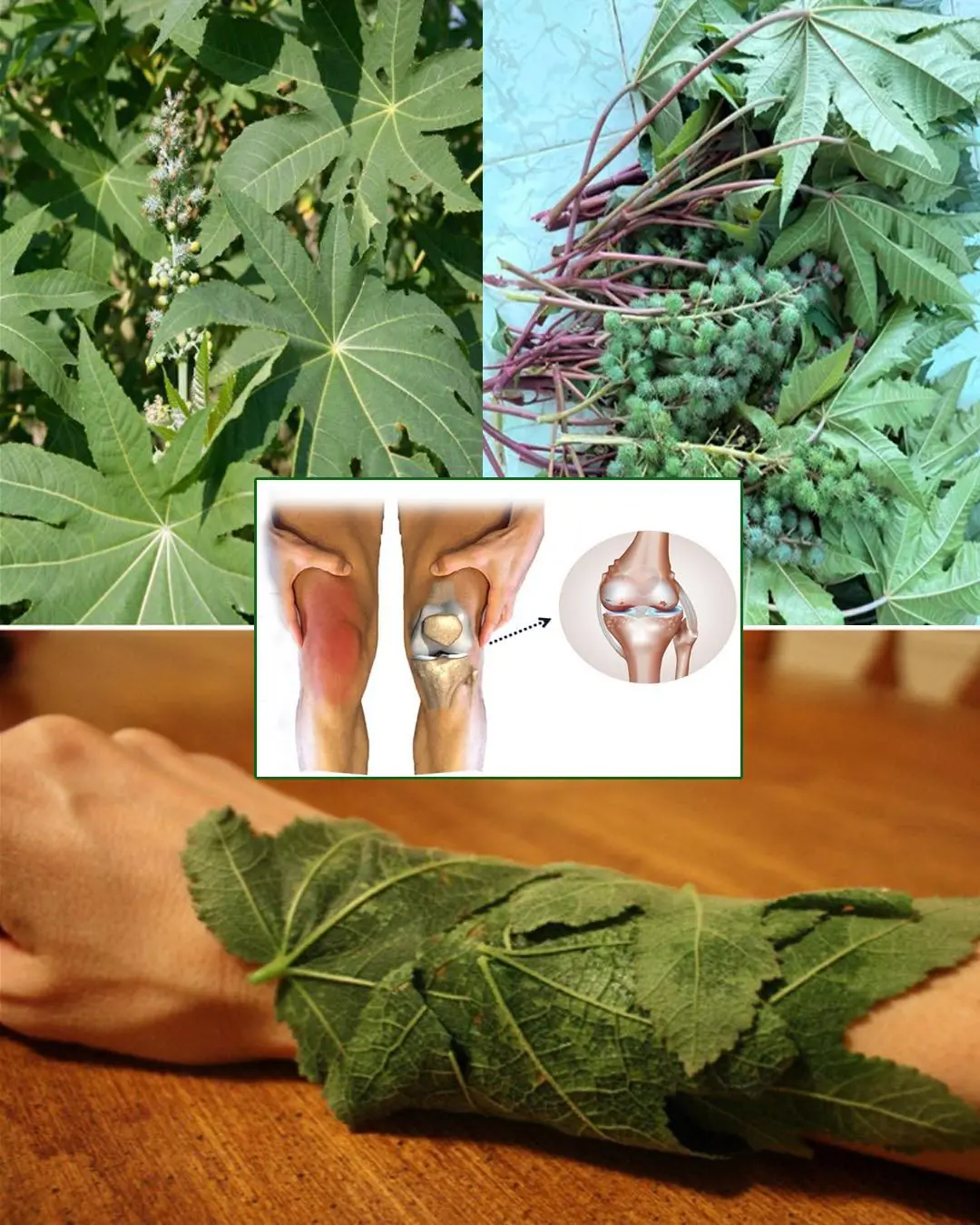
Some of the Benefits of Castor Leaves and the Seed
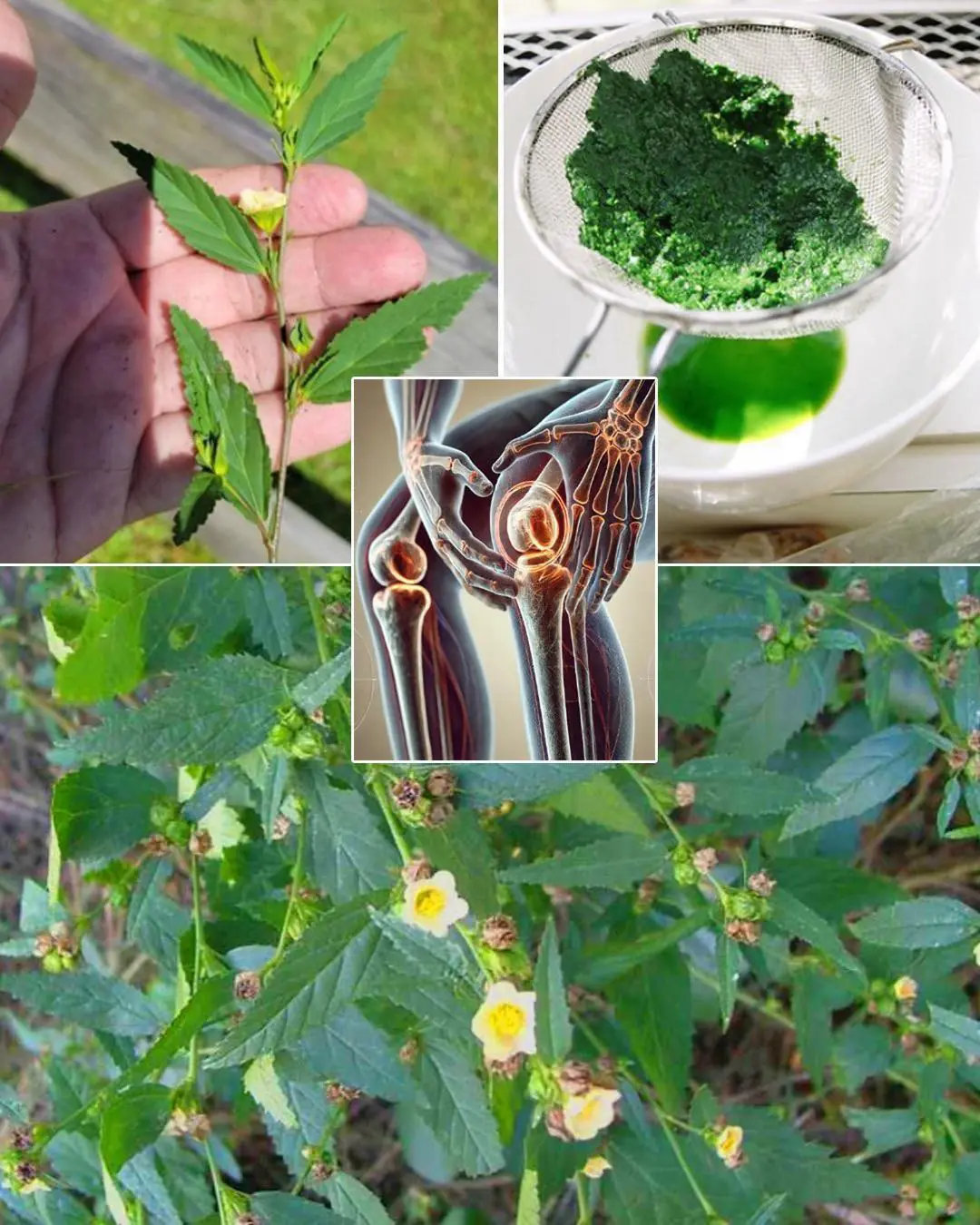
The Versatile Uses of Stubborn Grass
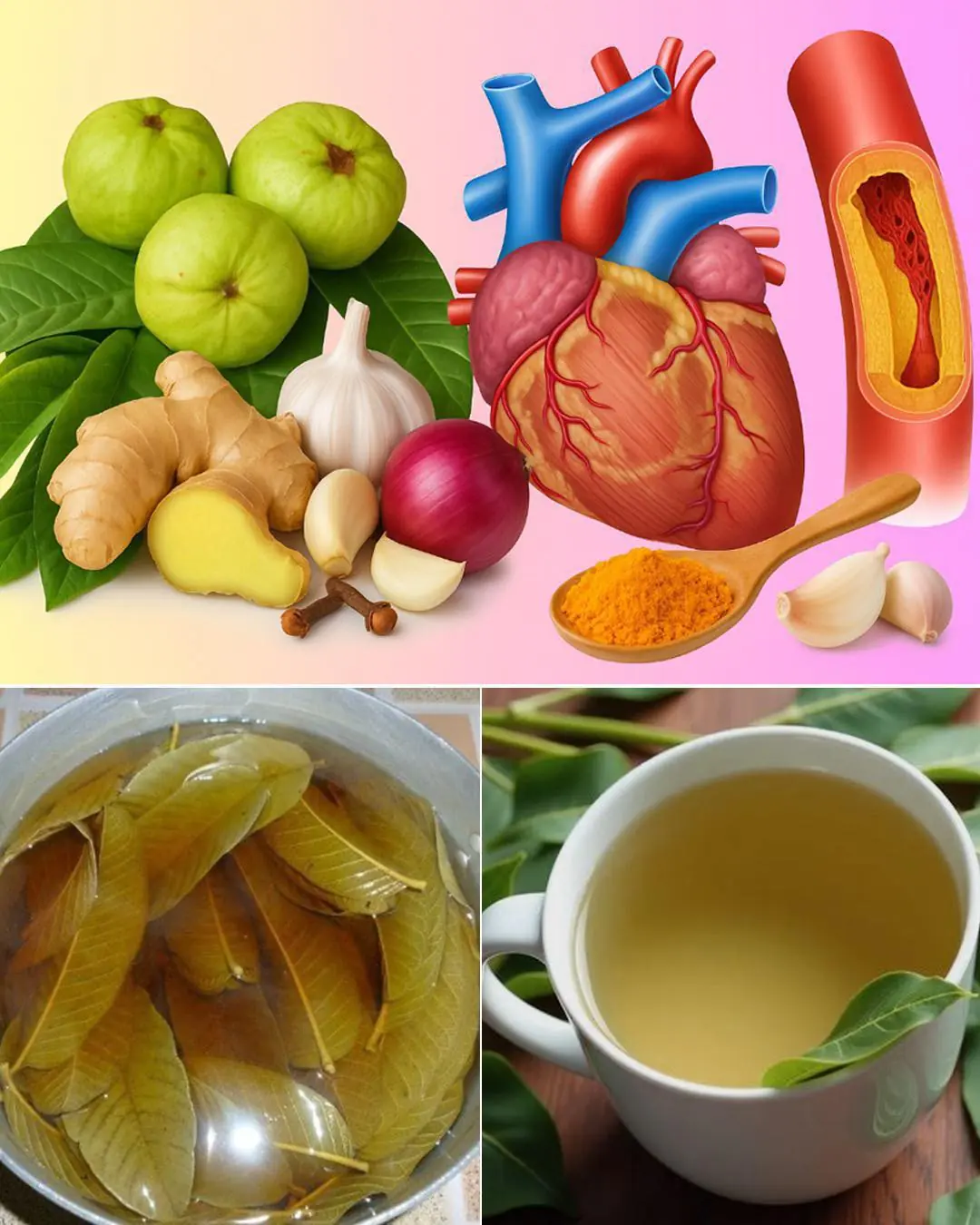
The Best Tea for Mornings and After Dinner: A Powerful Blend for Health
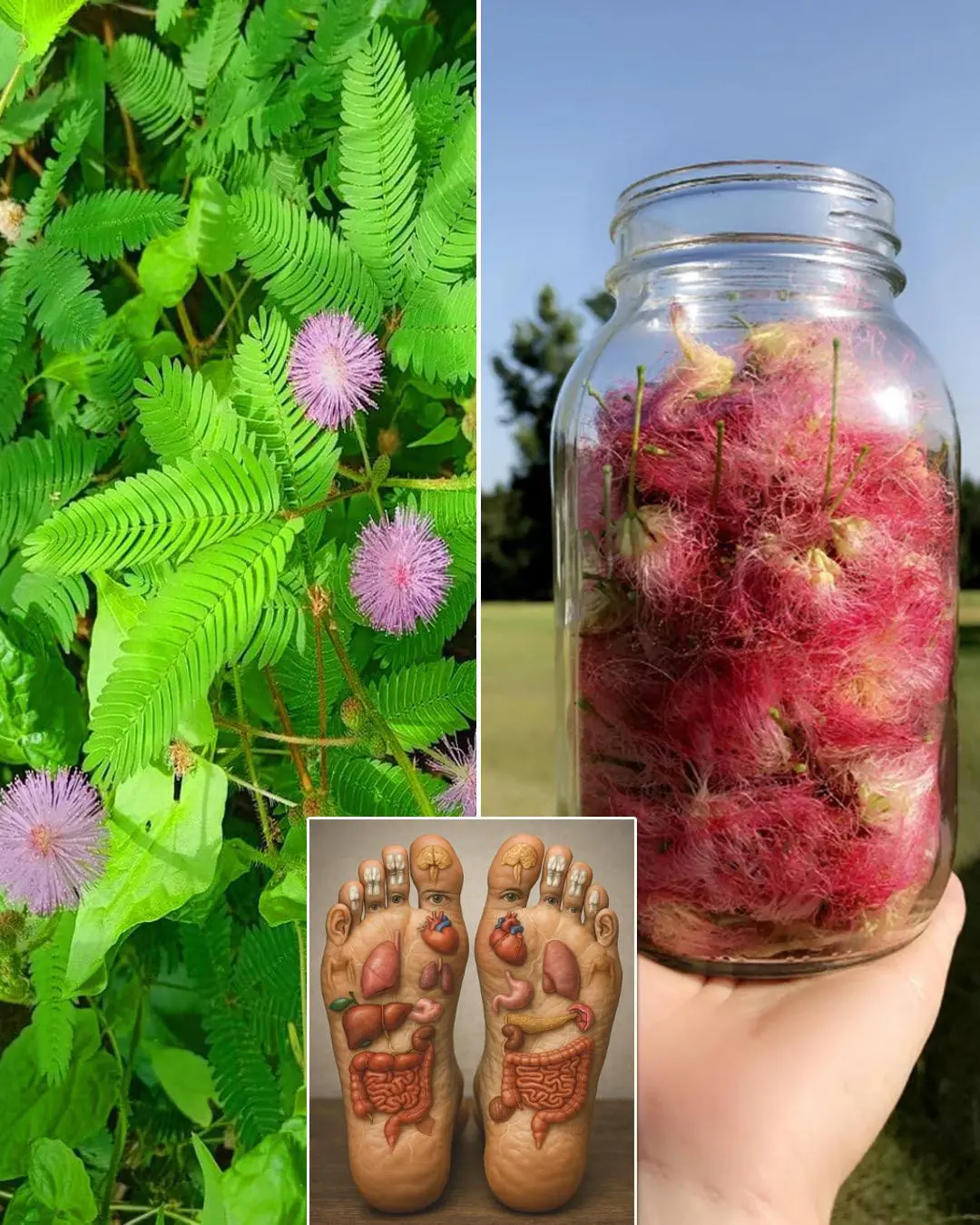
Mimosa Pudica Tea: How to Prepare and Health Benefits
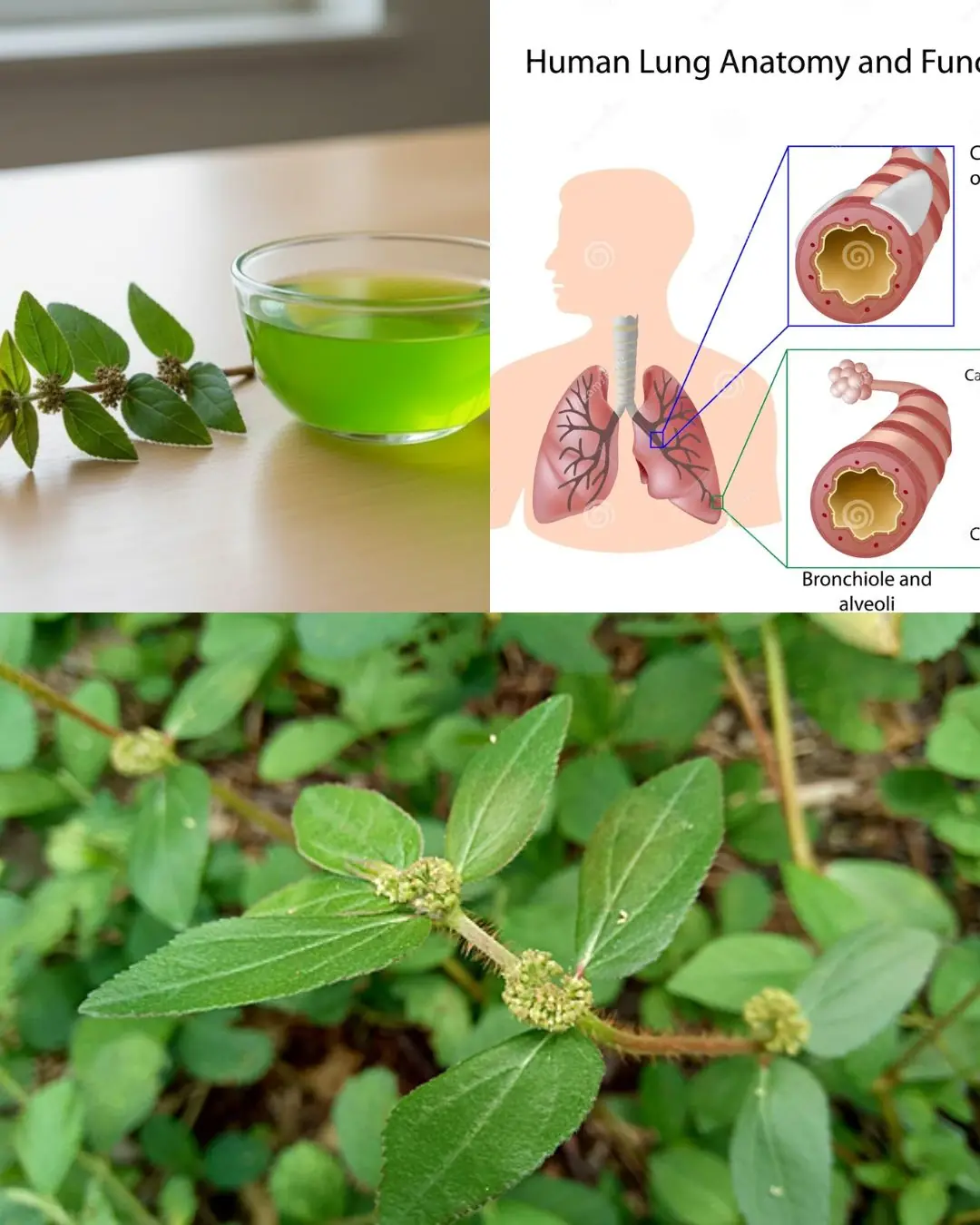
Euphorbia Hirta (Asthma-plant): Traditional Uses and Applications
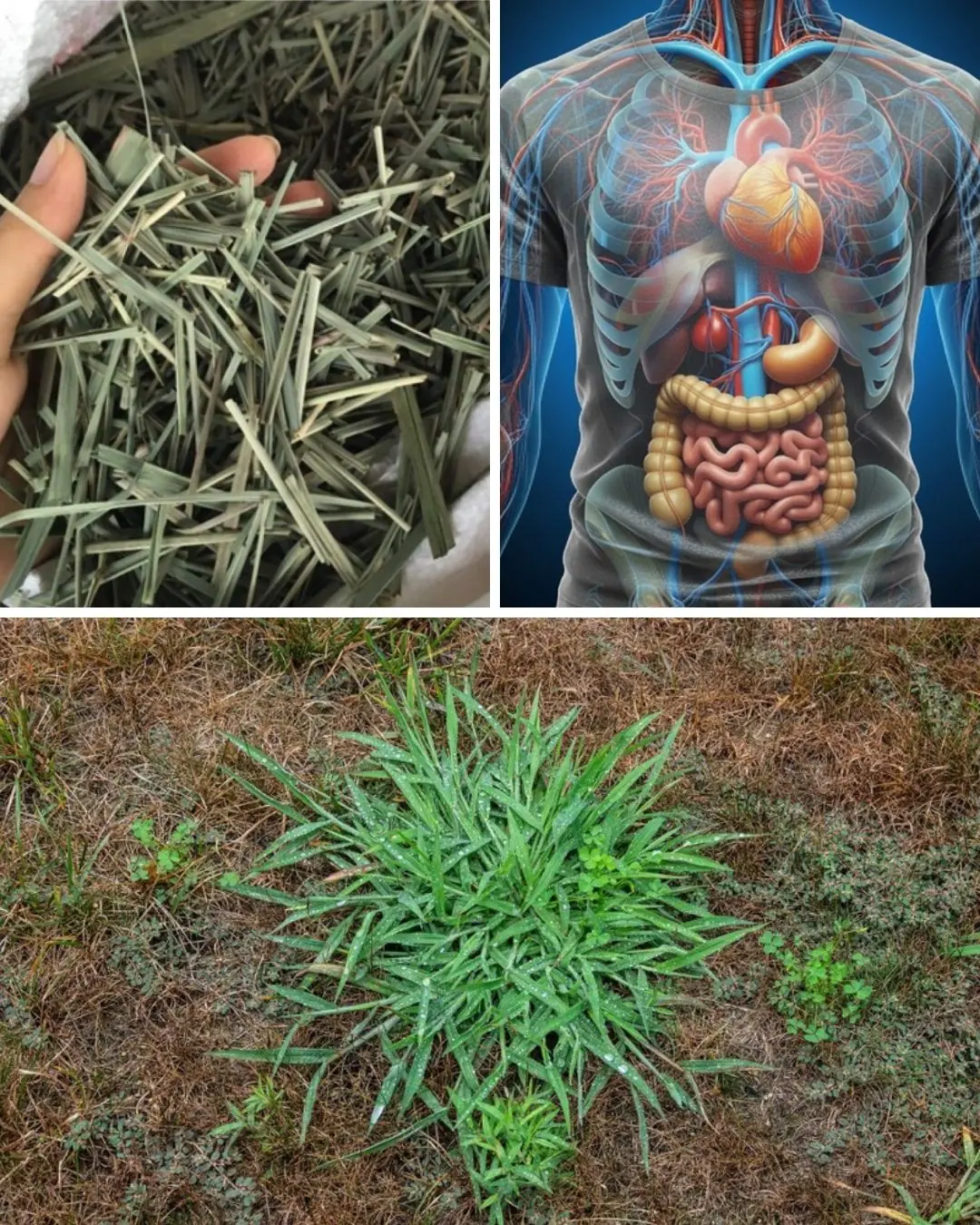
Harnessing the Power of Goose Grass: A Guide to Its Preparation and Therapeutic Uses
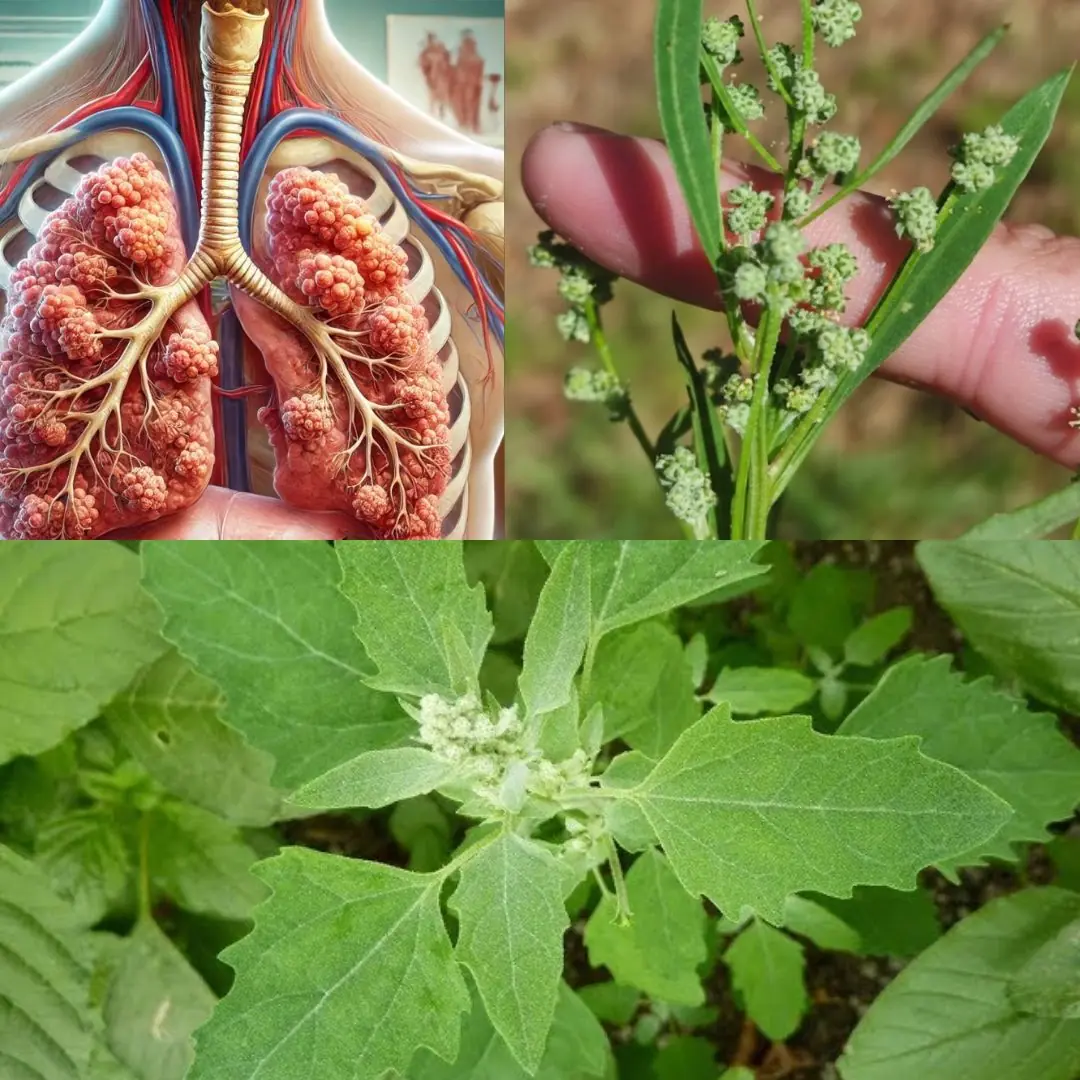
Lamb’s Quarters/Wild Spinach: The Underestimated Superfood with Maximum Health Benefits
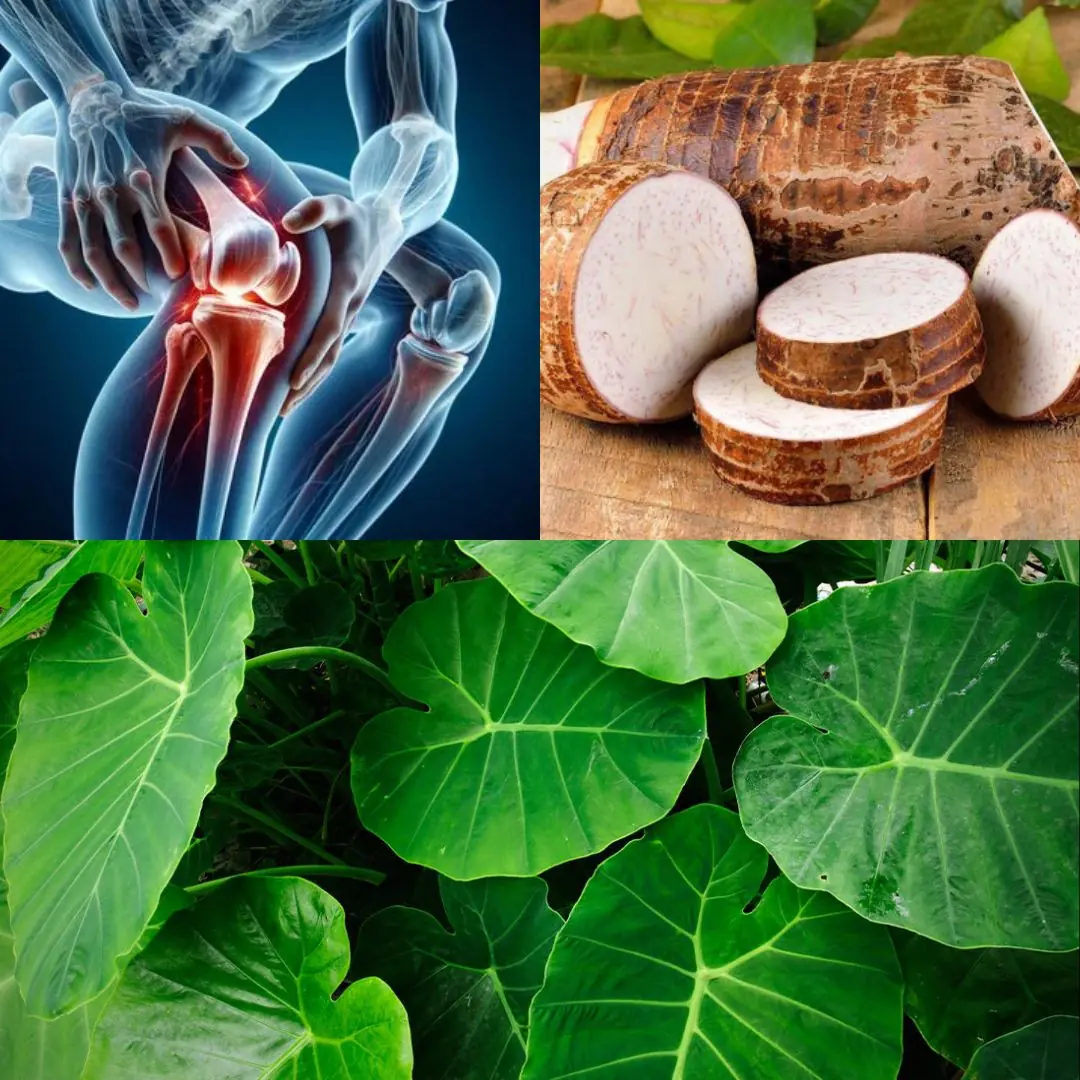
Taro Root: The Ancient Superfood Transforming Health and Sustainability

Men’s Vitality Tonic: The Bold Health Boost from Ginger and Pineapple
News Post

The Mystery Behind Sudden Sharp Chest Pains Has Finally Been Solved

10 Unusual Foot Symptoms That May Indicate Diabetes

Pick One Shoe to Reveal the Kind of Woman You Truly Are

🏠 Indoor Air Quality: 6 Common Household Items That May Affect Your Lungs — And How to Use Them Safely

Put This in Your House for 1 Hour, and You Will Never See Flies, Mosquitoes, or Cockroaches Again.

Eat This Seed and Watch Your Vision Improve — Especially After 60!
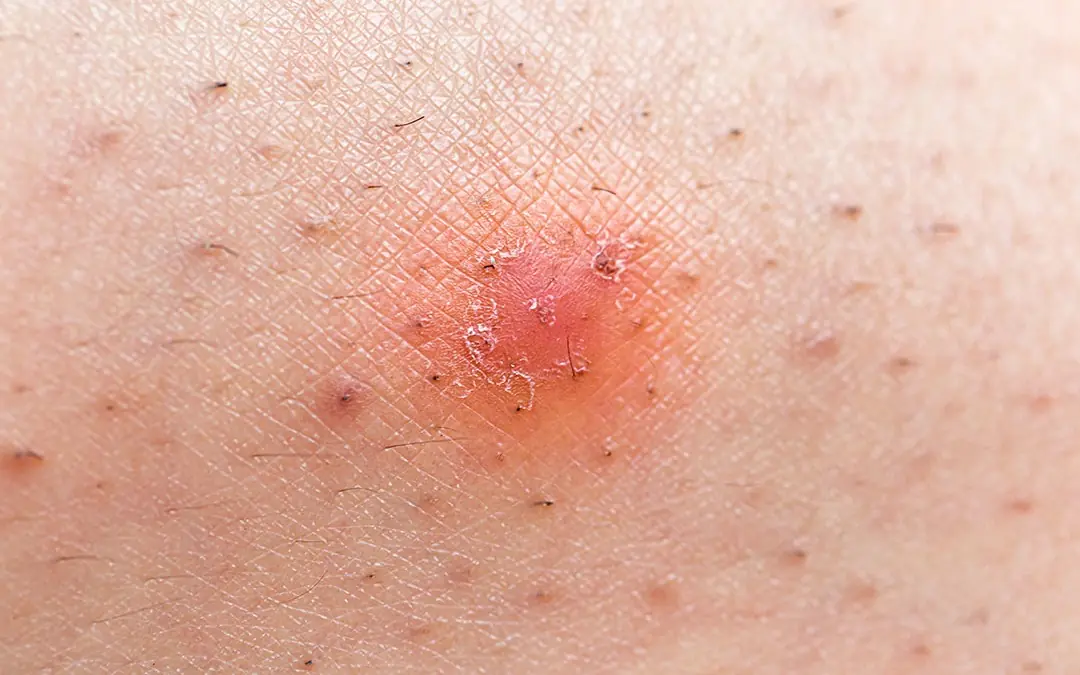
Why You Should Never Ignore a Bump on Your Inner Thigh and How to Get Rid of It

New Research Finds 40–50% of Colon Cancer Cases Can Be Prevented by Doing These Simple Things
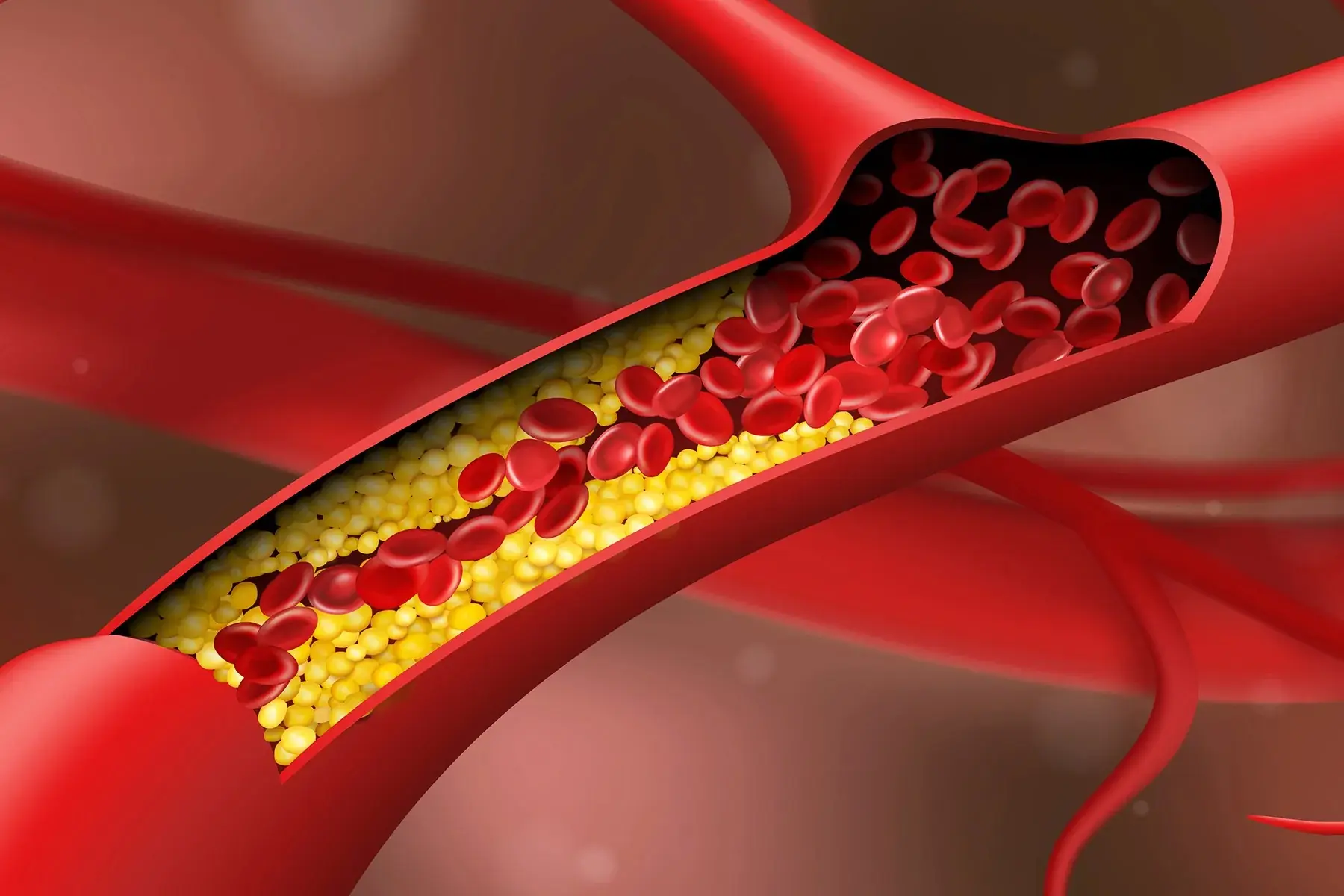
CLOGGED ARTERIES TRIGGER HEART ATTACKS AND STROKE EAT THIS TO HELP UNCLOG YOUR ARTERIES

How Water Fasting Triggers Powerful Cellular Healing and Reveals Surprising Long-Term Benefits

Dad Shipped Me and My Three Sisters off to Live with Grandma Because He ‘Wanted a Son’ – Years Later, I Finally Made Him Regret It

I Came Home with My Newborn Twins to Find the Locks Changed, My Stuff Thrown Out, and a Note Waiting for Me

My New DIL Shamed My Granddaughter Over a ‘Cheap’ Gift – She Didn’t Expect the ‘Surprise’ I Had in Store for Herr

My Daughter Told Me Not to Visit Her Family Again — Days Later, She Was at My Door Begging

Devastated After Burying My Wife, I Took My Son on Vacation – My Blood Ran Cold When He Said, ‘Dad, Look, Mom’s Backk!’

My Stepmother Tore My Prom Suit Into Pieces So Her Son Could Shine – She Never Expected It to Be Her Biggesst Mistake

My Husband Refused to Change Our Baby’s Diapers Because ‘It’s Not a Man’s Job’ – So I Gave Him a Wake-up Call

At my mother-in-law’s birthday, there wasn’t a place for me. I turned around in silence and left—then did something that changed my whole life.
